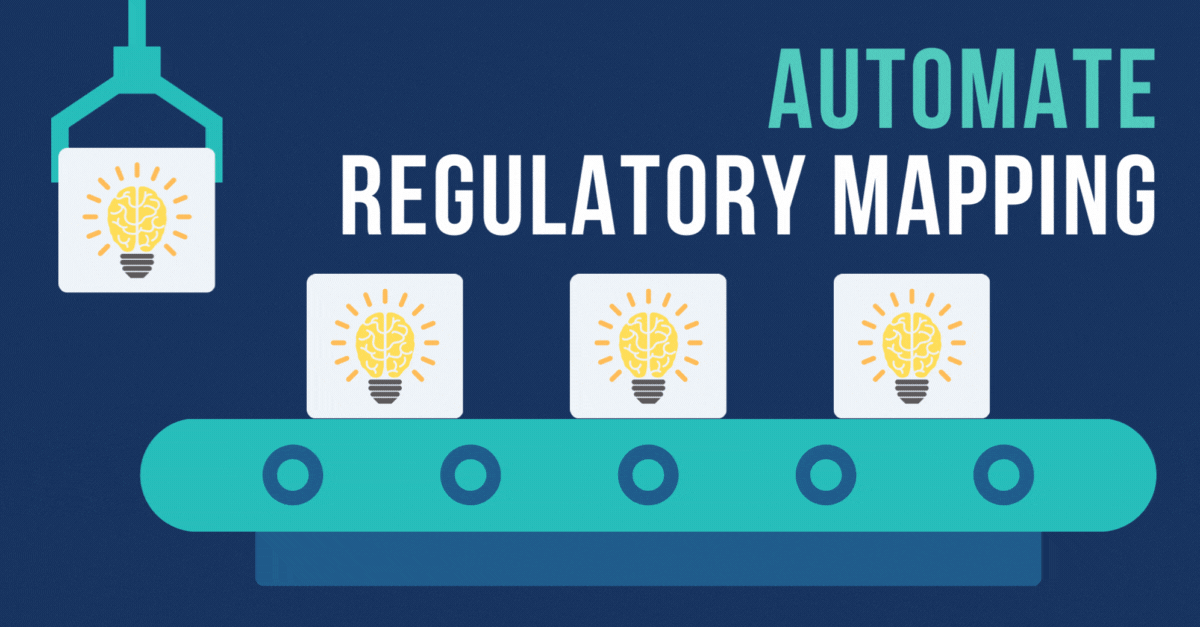
This post was contributed by Michael Rasmussen, GRC Pundit & Analyst.
In today’s ever-changing economy, mortgage lenders and service providers face a growing number of regulations and risks in compliance. This opens up an opportunity for organizations to rearchitect their compliance processes and leverage automation to remain competitive in this uncertain environment.
—
Mortgage lenders and service providers, as a segment of the financial services industry, face a lot of change. The mortgage space right now is a tough one and interest rates are only going up. Firms are writing fewer loans, whether it’s a new loan or a refinance. The market is shifting and drying up for the foreseeable future of the next year or two. The industry is changing and reacting to uncertainty in the economy. Mortgage companies’ internal processes and employees are changing, particularly with the economy staff is shrinking and expected to do more with less employees. Regulations and risks in compliance are also increasing that impact mortgage lenders and service providers.
While the volume of loans is decreasing, regulatory change – including enforcement actions and guidance – remains on a steady stream of growth. The law or regulation itself does not have to change, but how it is enforced and monitored over time evolves. However, it is more than regulatory change as the business itself is changing. If that employee is not aware of the policy related to the regulation, or not trained properly, it leads to compliance failure. If that process changed, or technology, and the controls needed to comply with the regulation are not in place, then compliance fails.
WATCH NOW: 5 Tips to Supercharge Your Compliance Programs in 2023
The challenge is that many mortgage lenders and service providers are short-staffed when it comes to compliance. There is a barrage of regulatory changes, updates, and enforcement actions. But even if the firm is fully knowledgeable, they must ensure the culture, operations, processes, and behavior of individuals is compliant. Regulatory compliance is not an option. Amid uncertainty and change comes increased compliance risk exposure. While executives may be in cost-cutting mode, they cannot afford to become non-compliant. It is time for organizations to look at innovation and adjustments to make regulatory change and compliance more efficient in human capital and financial capital resources while at the same time striving for effectiveness, resilience, accountability, and agility.
This might seem like a conflict, to save money and time while increasing effectiveness and agility, but technology delivers this. To address the volume of regulatory change and its impact on the business requires that mortgage lenders and service providers seek to automate compliance with technology. Cognitive GRC technologies that leverage artificial intelligence – natural language processing, machine learning, predictive analytics, and robotic process automation – is delivering real value in efficiency while increasing effectiveness and agility of regulatory change management processes. It is times of uncertainty that companies can become stronger through redefining their processes and leveraging automation to cut costs and be more effective than their competitors.
During this time of uncertainty, there is an opportunity for mortgage firms to rearchitect their compliance processes to keep pace with the volume of regulatory change and ensure the business operationally remains compliant within the scope of this change. Technology enables this allowing the organization to filter through the volume of updates and changes and flag what really matters and how it impacts the mortgage business, operations, processes, policies, and behavior. Regulatory change technology delivers cognitive compliance to make the mortgage lender/service provider more efficient in their time and resources to monitor regulatory change and effectively keep operations current with regulatory change amid changing processes and employees.




